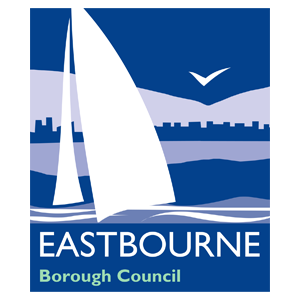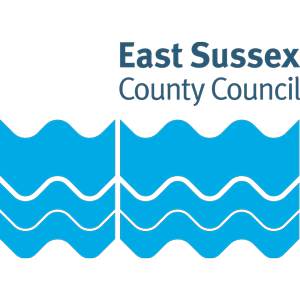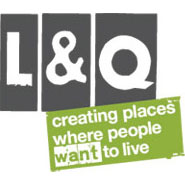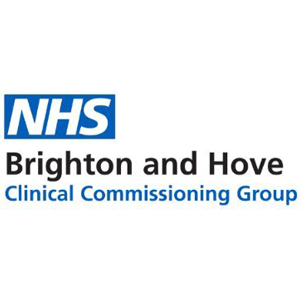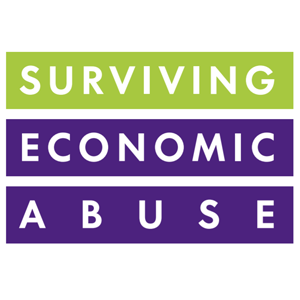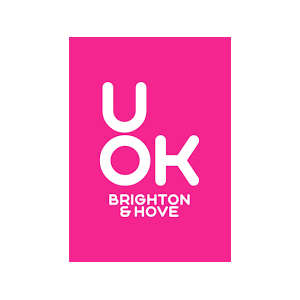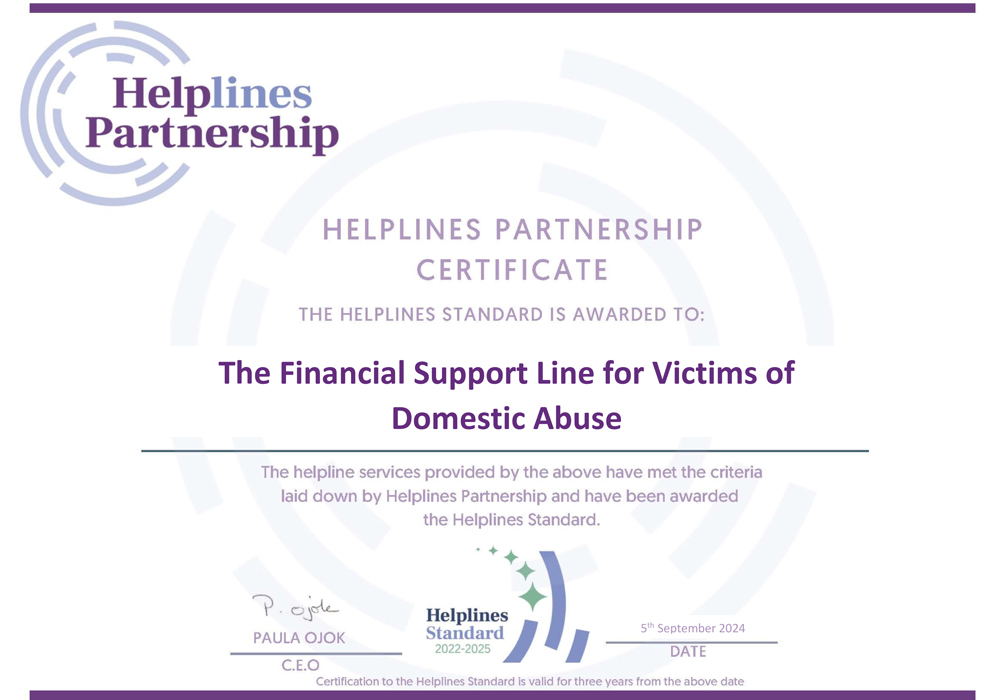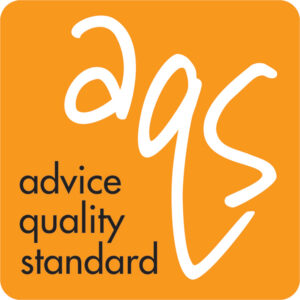Find out more about us, how we can help & how you can get involved
Born out of a passion for the community
After Money Advice and Community Support Service (MACS) merged with Money Advice Plus Services (MAPS), the organisation was re-branded as Money Advice Plus in 2015.
With over 150 years of supporting those who are struggling to manage their money, we continue to support the community of Brighton and Hove and Nationally through our debt advice casework services.
With a deepening cost-of-living crisis, more and more people are struggling to keep on top of their money; we knew we wanted to support them.
Our vision
Is for everyone to have the advice and support they need to manage their own money effectively
We will deliver person-centred money advice services.
We will actively engage with those who find this the most difficult, improving well-being and financial resilience.
Our values
Quality is core to our work and ethos
We are committed to providing top-quality debt, benefits & budgeting advice & support. We undergo regular audits to ensure we deliver the best, up-to-date advice. We continuously improve to provide accurate and accessible information.
Our clients are our priority
We are committed to quality and integrity in all we do, championing our clients by effectively handling complaints and never giving up on people. We reach out to anyone seeking our help, especially those who find it hard to access support, and we encourage client feedback to improve our services.
Integrity is behind all that we do
We are committed to honesty, transparency, and reliability. We acknowledge when we could have done better and do not shy away from difficult issues. Our collective sense of responsibility ensures we make things work effectively.
Reliability is key
We strive to fulfil our commitments and ensure that no one is left without support. We persist until we get things right, supporting people all the way. We see our clients as individuals, finding solutions that fit their needs. We are creative thinkers and value working with people with diverse needs, ensuring our services are attentive to these differences.
We work in partnership
We prioritise working in partnership with clients to find the most effective solutions. By closely collaborating with our partners who serve specific client groups, we enhance our ability to reach and support individuals. These partnerships are invaluable in ensuring comprehensive and coordinated assistance for those needing our support.
We embrace difference and diversity
We celebrate everyone’s unique strengths and are committed to learning from each other and our experiences. We accommodate individual needs and encourage creative problem-solving, allowing freedom to think laterally and deliver work effectively. Our team uses their collective experience to overcome barriers, ensuring staff are well-supervised, supported, and encouraged to share expertise and ideas. We have a collective responsibility to make things work and consult each other to find the best solutions.
The importance of safeguarding
Our clients’ safety and well-being are central to our work. We take our responsibilities around Safeguarding Adults at Risk very seriously and act quickly to ensure their safety. Our team receives thorough, up-to-date training to ensure their practices meet the needs of the people we serve. We are also working to ensure our staff and Trustees better reflect the communities we serve.
Join Money Advice Plus
We are always looking for people who share our passion for making a difference, whether you are an experienced debt adviser, a trainee looking to gain valuable skills, or someone interested in becoming a volunteer, we welcome you to join our team.


Become a Trustee
The role of trustee can make a significant impact in advancing our mission and helping the areas most vulnerable residents find a sustainable solution to their over indebtedness. We welcome individuals to join our ambitious board and be a part of shaping our future.
How we can help
We specialise in working with clients who find it difficult to access mainstream advice services due to service limitations. We seek to deliver our services in a way that is accessible to anyone needing them, taking time to establish working relationships with clients who are reluctant to engage, finding out the best way to communicate with an individual, and/or working with other support services and interpreters. We hold the Advice Quality Standard in Benefits and Debts and also for supporting women. We also hold the helplines partnership standard.
Our funders and supporters



